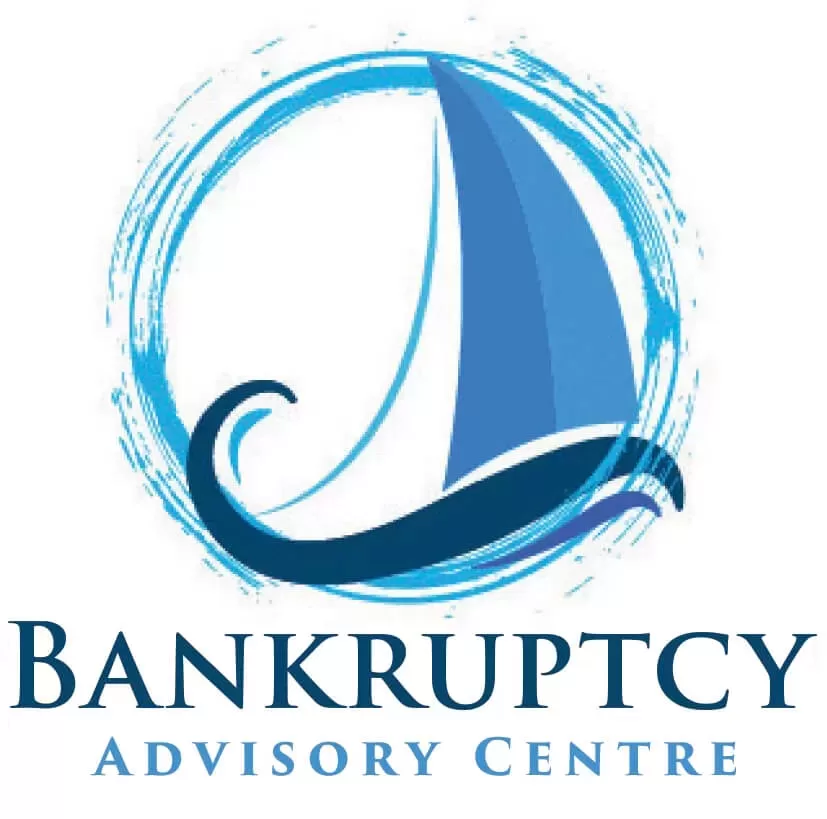Bankruptcy Proceedings in Australia: A Step-by-Step Guide
This comprehensive bankruptcy guide will take you through the intricate process of bankruptcy proceedings in Australia. Facing financial difficulties and contemplating bankruptcy can be an overwhelming experience, but having a clear understanding of the steps involved can help you navigate this challenging period with confidence and knowledge.
 At the Bankruptcy Advisory Centre, we have over 30 years’ worth of experience, so whether you are an individual or a business struggling with overwhelming debt, this guide will provide you with some valuable insights into the Australian bankruptcy system. If you have further questions, why not contact us for a free consultation?
At the Bankruptcy Advisory Centre, we have over 30 years’ worth of experience, so whether you are an individual or a business struggling with overwhelming debt, this guide will provide you with some valuable insights into the Australian bankruptcy system. If you have further questions, why not contact us for a free consultation?
Understanding Bankruptcy in Australia
Bankruptcy is a legal process that allows individuals and businesses to manage their debts when they cannot pay them off. It provides a fresh start for debtors while ensuring that creditors receive a fair share of what is owed to them. In Australia, bankruptcy is governed by the Bankruptcy Act 1966, which outlines the procedures and regulations that debtors must follow.
Bankruptcy Types
Before we delve into the step-by-step process, let’s briefly explore the two primary types of bankruptcy in Australia:
- Voluntary bankruptcy occurs when a debtor voluntarily declares themselves bankrupt by lodging a debtor’s petition. It starts with the debtor and frequently comes about as a result of financial hardship.
- Involuntary Bankruptcy: In this scenario, one or more creditors can apply to the court to declare a debtor bankrupt. The debtor may contest this application, but bankruptcy may still be declared if the court determines that they are insolvent.
Step-by-Step Bankruptcy Guide to Proceedings
- Assess Your Financial Situation: Before proceeding with bankruptcy, it is crucial to assess your financial situation thoroughly. To do this, you need to calculate your total debts, assets, and income to determine if bankruptcy is the right solution for you. At the Bankruptcy Advisory Centre, we can help you choose the best option for your situation with a free consultation.
- Lodge a Debtor’s Petition: If you decide to proceed with voluntary bankruptcy, you must complete and lodge a debtor’s petition with the Australian Financial Security Authority (AFSA). This petition officially initiates the start of the bankruptcy process. At the Bankruptcy Advisory Centre, we take care of this process for you and lodge the required paperwork on your behalf.
- Bankruptcy Declaration: You will receive a bankruptcy declaration once your debtor’s petition is accepted. This marks the beginning of your bankruptcy, and a trustee appointed by AFSA will manage your assets and financial affairs; in most cases, if you work with us, your trustee will be the Bankruptcy Advisory Centre.
- Notify Creditors: Your trustee will notify your creditors about your bankruptcy. This means creditors and debt collectors can no longer call and harass you. They must deal directly with your trustee. Creditors will submit their claims to the trustee, who will then make plans to distribute any available assets among them fairly and equitably.
- Cooperation with the Trustee: Throughout the bankruptcy period, you are required to cooperate fully with your trustee. This includes providing accurate financial information, seeking permission to travel overseas, and attending any meetings requested as necessary.
- Income Contributions: If your income exceeds a certain threshold, you may be required to make regular income contributions to your bankruptcy estate. These contributions are used to repay your creditors. When you begin the bankruptcy process with the team at the Bankruptcy Advisory Centre, we will map out all your obligations and requirements at the beginning so you are fully aware of what is required.
- Asset Realisation: Your trustee will assess your assets and may sell them to repay your creditors. Some assets, such as essential personal items and tools of trade, may be exempt from this process. At the Bankruptcy Advisory Centre, we always work out your assets and liabilities first so that you clearly understand how your creditors will be repaid.
- Discharge from Bankruptcy: The duration of your bankruptcy will depend on various factors, but it typically lasts for three years and one day. Once your bankruptcy is discharged, you will be released from most of your debts, giving you a fresh financial start.
Bankruptcy Guide for Australia
Navigating bankruptcy proceedings in Australia can be complex. Still, with the right knowledge and guidance from the Bankruptcy Advisory Centre, you can make informed decisions leading to a more stable financial future. Remember that bankruptcy is just one option, and exploring alternatives is worthwhile. Stay informed and work closely with your trustee throughout the process to ensure a smoother bankruptcy journey.
Andrew Bell Bankruptcy Advisor
Let’s Talk
With over 30 years of experience in debt solutions and bankruptcy in Australia Andrew can find a solution for you.
“Nothing is more satisfying to me than knowing that I’ve helped someone get back on their feet by guiding them through the Bankruptcy Process. Rest assured, you’re in good hands with me as we solve your financial problems together.”


